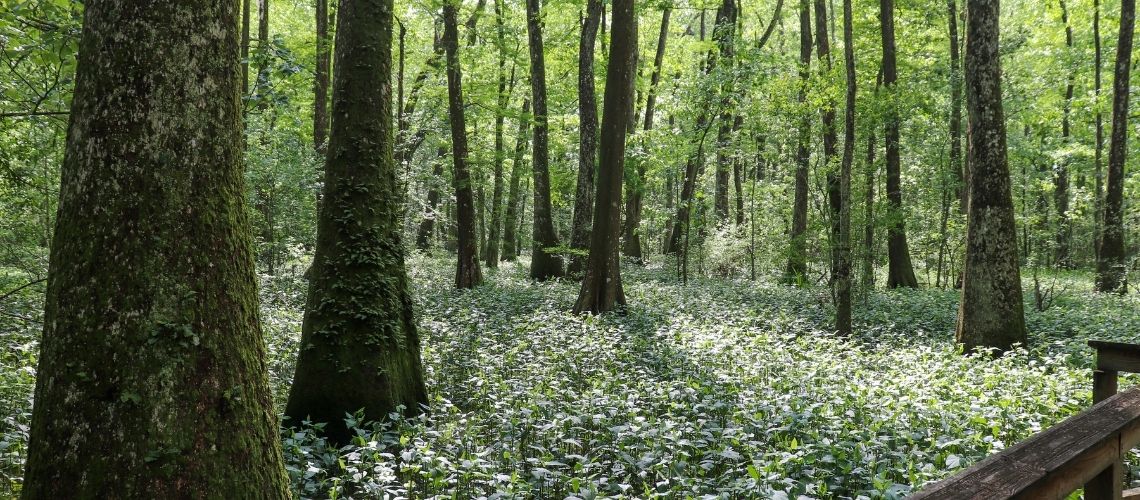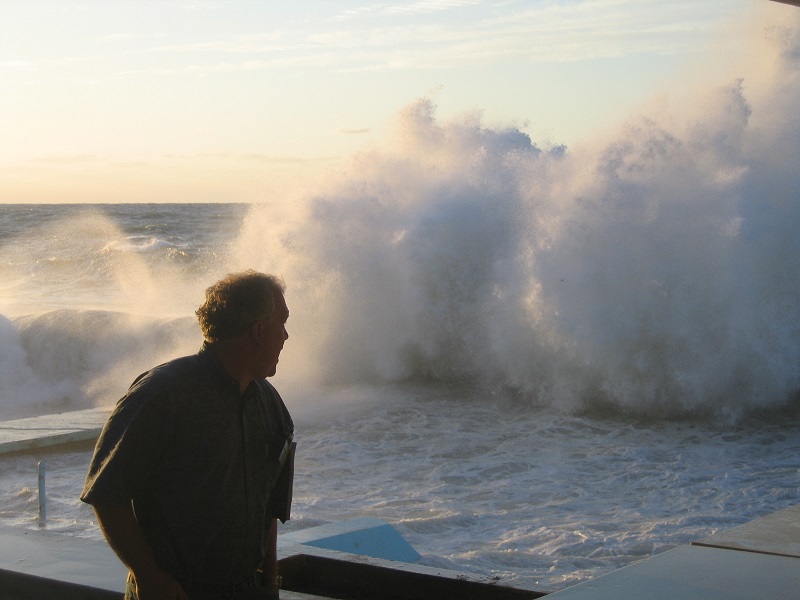LSU CC&E Celebrates World Wetlands Day
February 02, 2022

February 2, 2022 marks the first year that World Wetlands Day is being observed as a United Nations international day. This day also provides an opportunity to reflect on the critical role of wetlands in supporting livelihoods; offering recreation; providing essential habitat for birds, waterfowl, and aquatic life; and serving as a front-line buffer to the destructive impacts from storms.
For more than five decades, the LSU College of the Coast & Environment, or CC&E, has led efforts both domestically and internationally to better understand the complex causes of wetlands loss, determine potential methods for restoration, and examine ways to better manage these systems. More than a fourth of CC&E’s faculty are working in this area, and here are just a few of the milestone contributions that the college has made to wetlands research.
In 1974, Dr. James Gosselink was the first person to determine the dollar value per acre of wetlands to configure the economic impact of wetland loss or restoration in terms of aquaculture development, fisheries production, wastewater assimilation, and other ecosystem services they provide to society.
In 1978, Dr. Ron DeLaune, one of the most published wetland scientists in the world, was among the first to describe how 137Cs(cesium) dating could be used to determine how quickly wetlands store carbon in the soil. This seminal study was published in Nature, and the technique has been used worldwide to quantify carbon sequestration in wetland systems with recent application to carbon credits and coastal restoration.
In 1992, Dr. Robert Twilley produced the first global carbon budget of mangroves. He later developed ecological and biogeochemical models that were used to design the initial mangrove restoration efforts in Florida, Colombia, and Ecuador. His research defined the value of mangroves for blue carbon sequestration, an important conservation strategy for the ecosystem globally.
In 2017, a key restoration strategy in the Louisiana Coastal Master Plan, the use of sediment diversions to “reconnect the river,” was based on CC&E’s research and continues to be refined based on that ongoing research. CC&E’s research continues to contribute to our understanding of plants’ responses to flooded land.
For more information about LSU's wetlands and coastal experts across the university, view our LSU Coastal Directory.

In addition to delivering cutting-edge research, CC&E educates the workforce that manages and protects the coastal environment. Much of the college’s wetlands efforts reside in the Department of Oceanography & Coastal Sciences, or DOCS. This year, DOCS is celebrating the legacy of its graduate programs and their impact on coastal environmental research, education, and outreach. Explore our interactive content, videos, photos, and articles highlighting some of the major contributions we are making to Louisiana and the world.